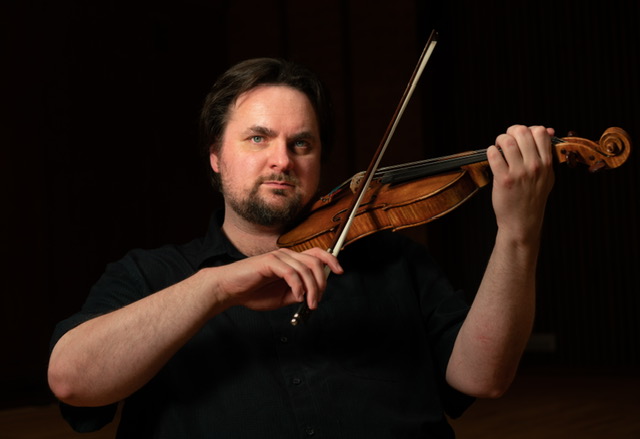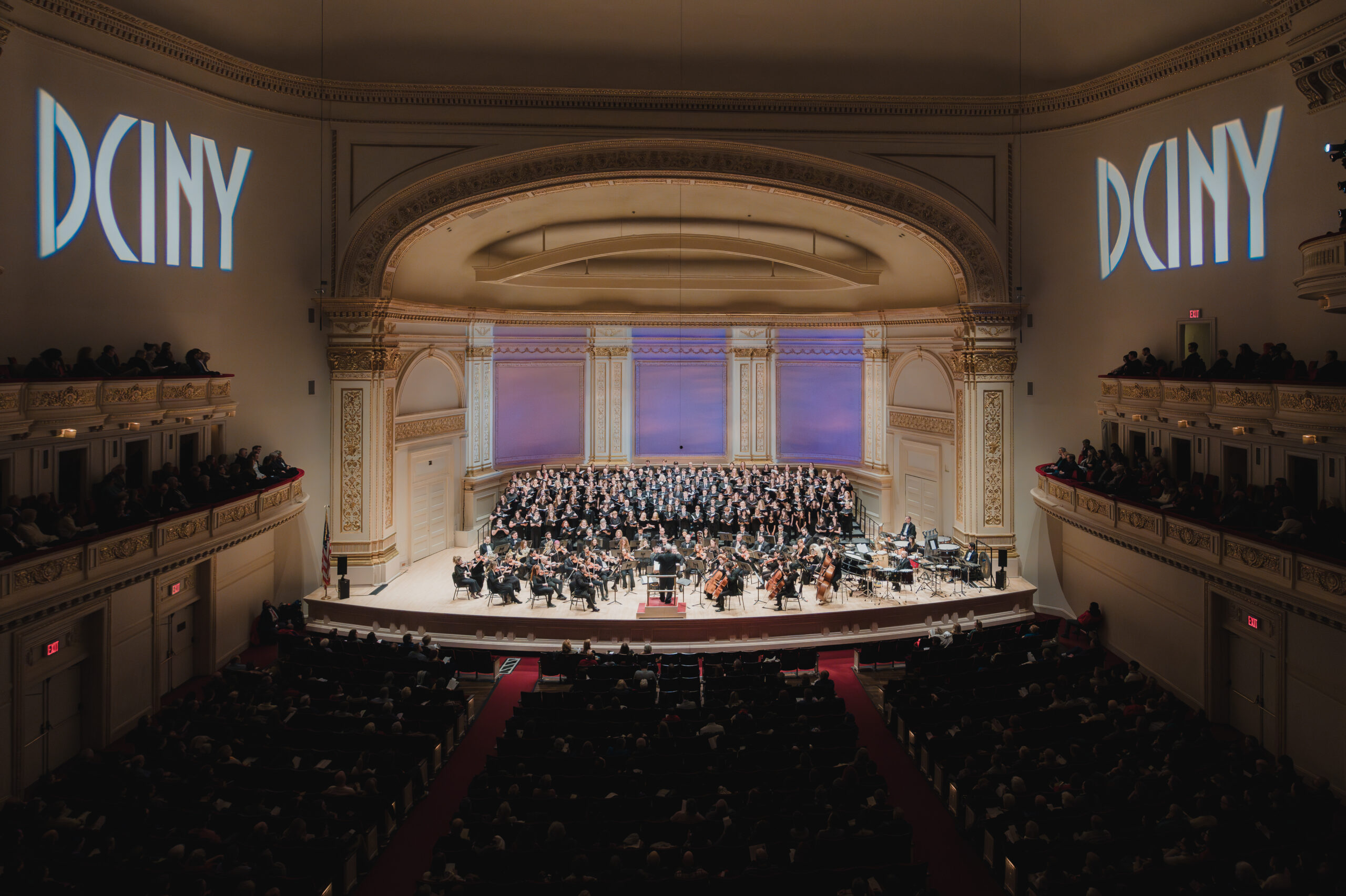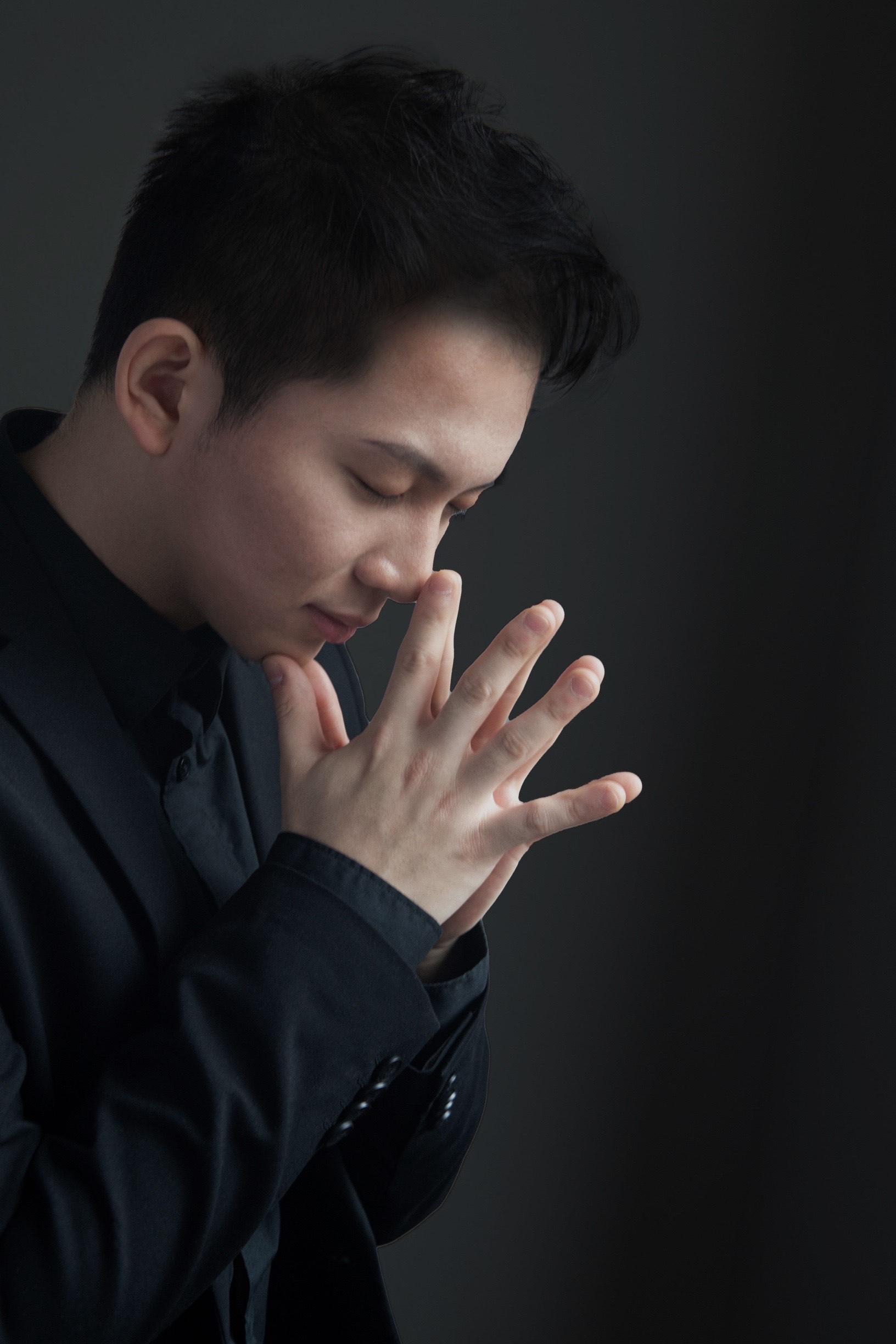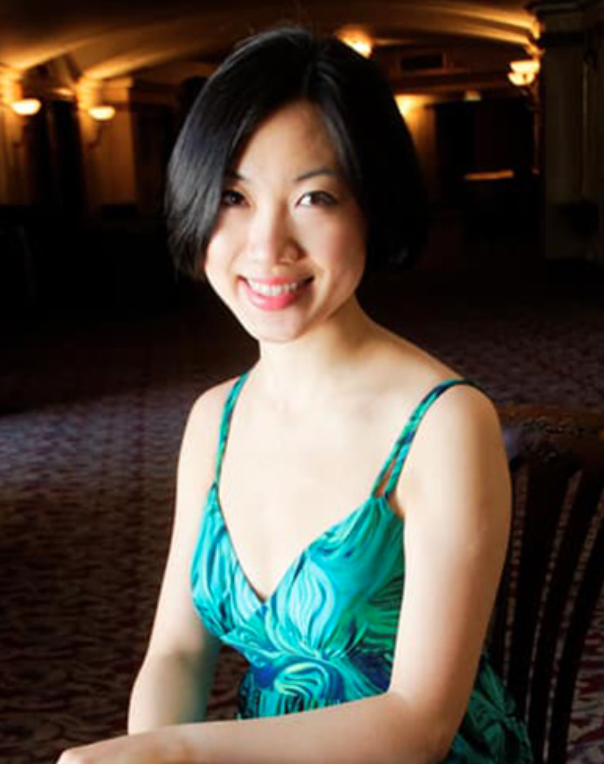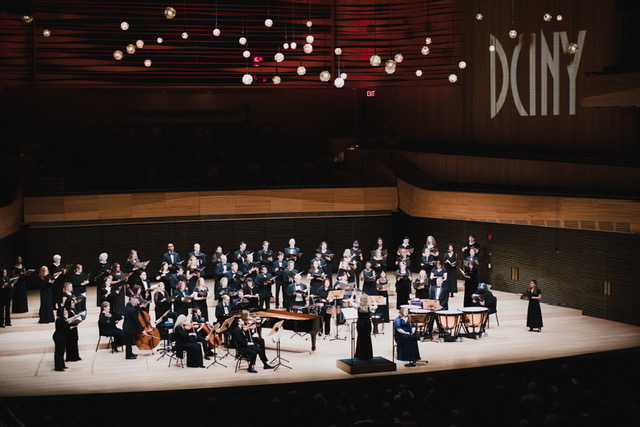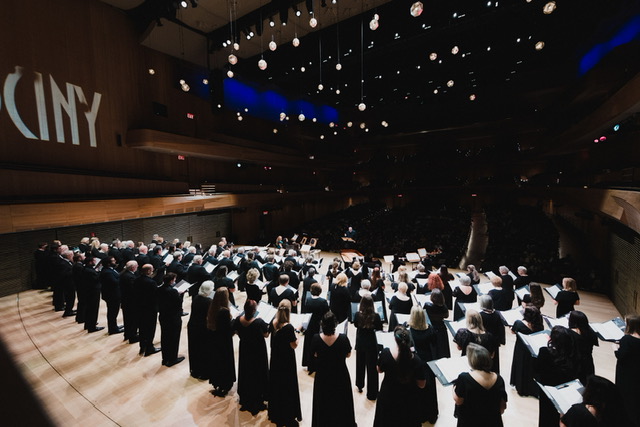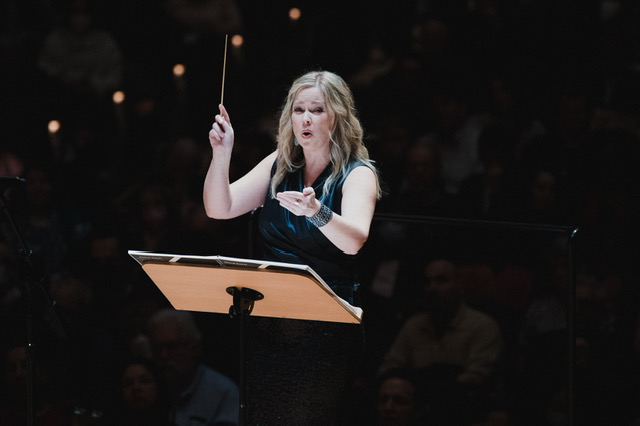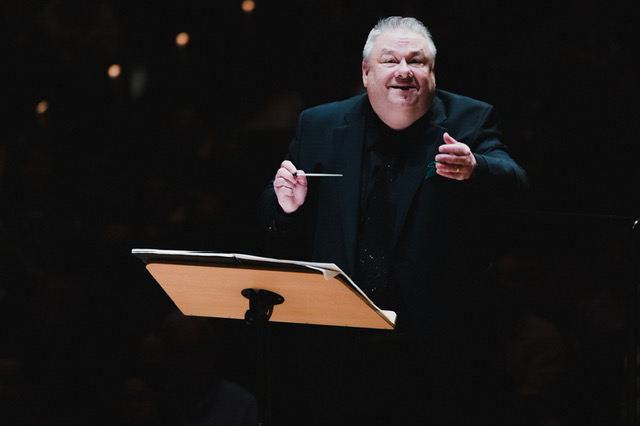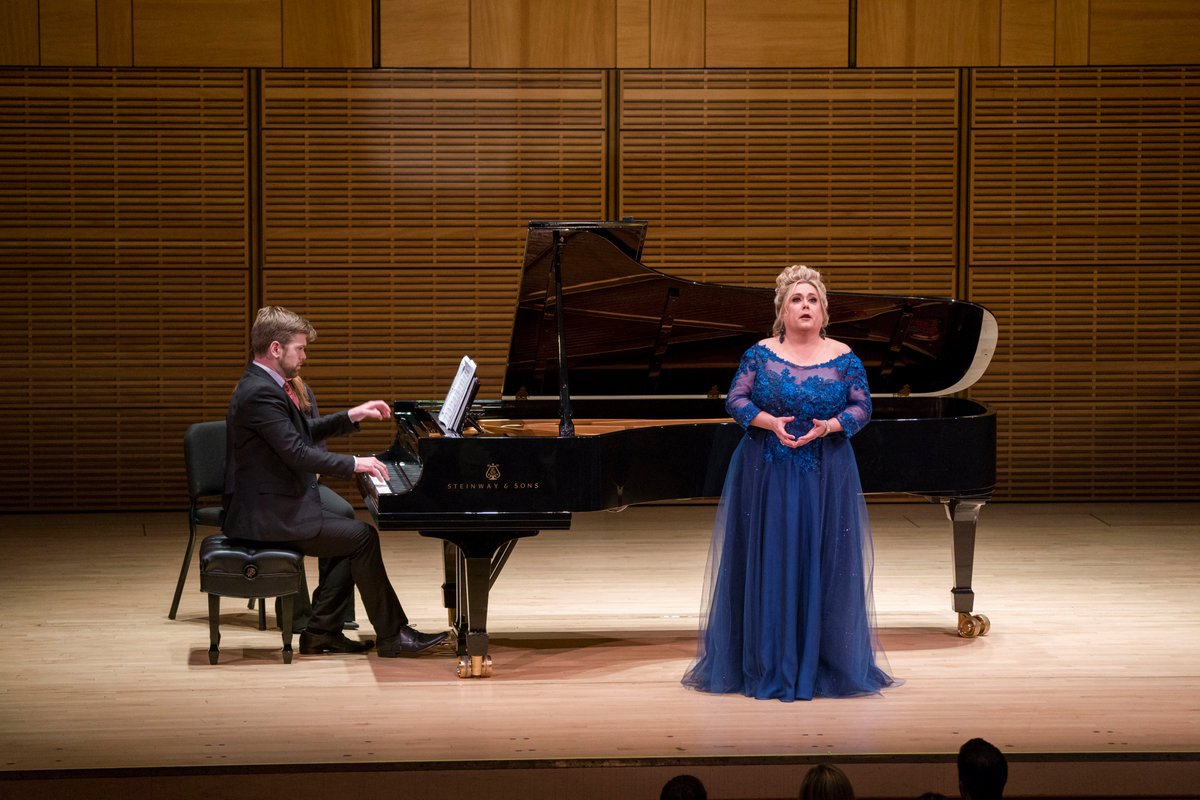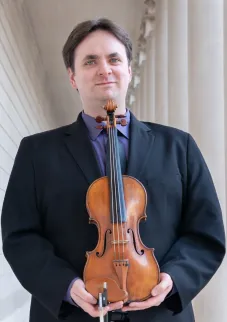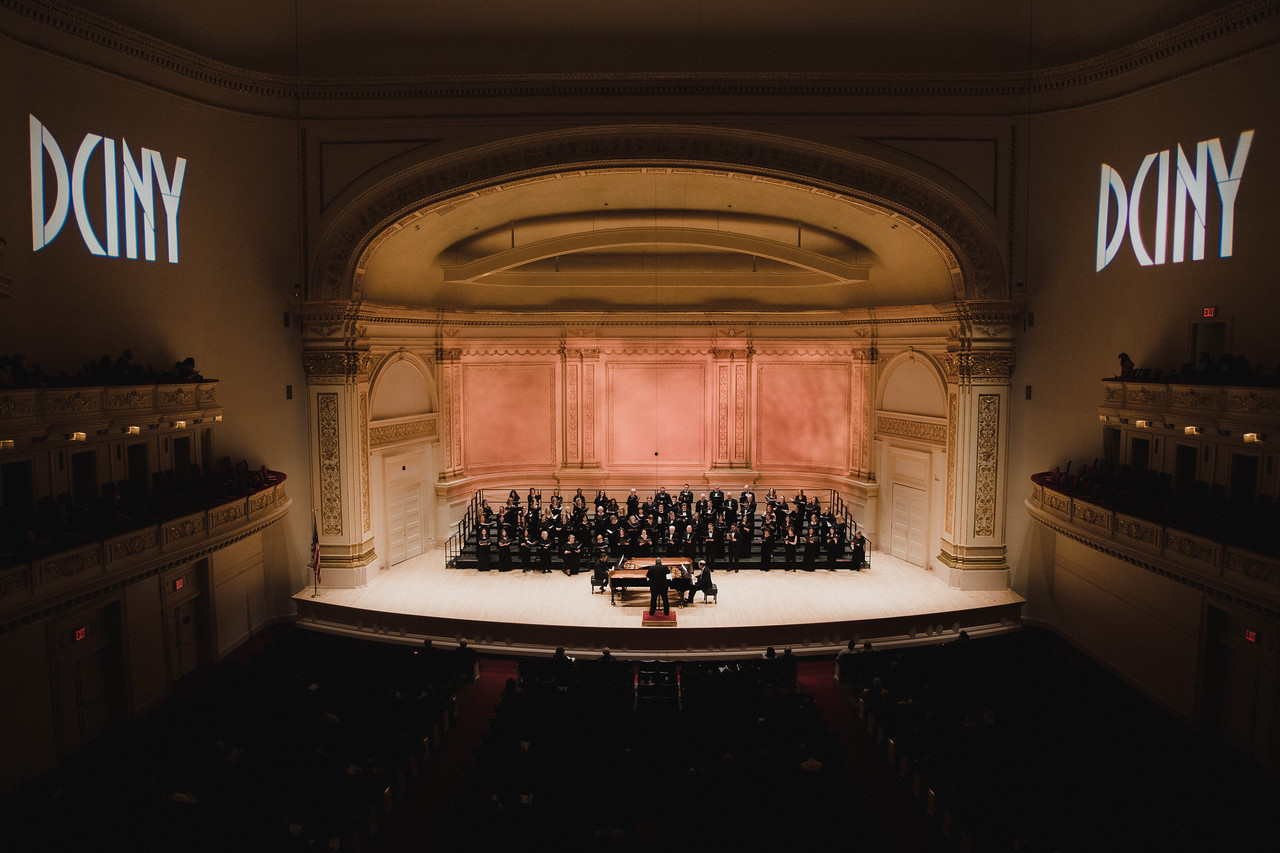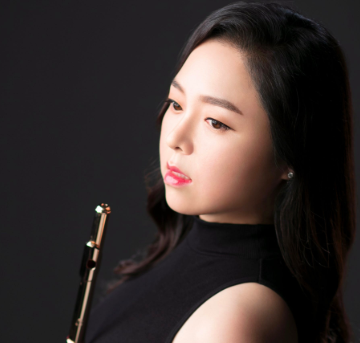Dan Flanagan, violin
Weill Recital Hall at Carnegie Hall, New York, NY
March 25, 2024
Dan Flanagan is back in town. The violinist and art patron brought his one man show, The Bow and the Brush, back to New York, only this time in a larger and more storied venue, Weill Recital Hall at Carnegie Hall. The change in location offered some advantages (more seating capacity, better acoustics) and some disadvantages (primarily the inability to project images on a screen for the audience to see). The images in question are the paintings that inspired a variety of composers to create short works for solo violin, all commissioned by and performed by the violinist. Mr. Flanagan, ever the professional, compensated for the missing visuals by acting as docent on a mini-tour of his collection, though his homespun manner was more Garrison Keillor than Philippe de Montebello.
This year’s slightly expanded program offered nineteen works, six of which were new to me. Trevor Weston’s Notre Dame au milieu de l’eau et du ciel was remarkable for its quicksilver shifts in mood and technique, a compositional response to the artist Lebourg’s juxtaposition of the natural world (sky, water) and the spiritual (Notre Dame). This conceptual approach worked, made even more convincing by Mr. Flanagan’s playing, which is narrative in the best sense.
In Jessica Mays’ And miles to go…, Albert Malet’s painting evokes in turn a Robert Frost poem, and the two come to life beautifully in the composer’s treatment. The main theme, haunting and impassioned, is frequently interrupted by short pizzicato fragments, as if the traveler on this wintry path is torn between stasis and movement. It was interesting to note the equation between perspective in visual art and volume in music, a choice which several of the evening’s composers made convincingly. Catherine Neville’s Danses should really be choreographed, so successfully did she evoke the spirit of dance by mere suggestion. All the elements of Fantin-Latour’s painting were there– melody, articulation, rhythm – but in short bursts that sketched a body in motion.
Part of the immense appeal of Mr. Flanagan’s concerts is the opportunity to be introduced to contemporary artists as well as to brush up on your art history. Who knew that the Impressionist Camille Pissarro had several progeny that were fine artists in their own right? Michael Panther, in his second commission for this series, chose a canvas by Georges-Henri Pissarro, third son of Camille, as a departure point for a piece that uses French traditions – sensuous melodies, exotic harmonies, pastoral folk dance- to illuminate a lakeside scene at change of seasons. The work of Pissarro’s fourth son, Ludovic-Rodo, was also on display in Edmund Campion’s terrific Le Grand Écart. Alternating compositional styles and violin registers mirrored Pissarro’s chalk drawing of a dancer in full split. As in Mr. Campion’s case, the brevity of the commissions and their relationship to a specific work of art allowed the composers to narrow their focus and strike at the heart of inspiration.
As if his plate were not already quite full enough, Dan Flanagan the composer was also on display. An Animated Street in Autumn, alternating between frenzy and quietude, and LeGato au Chocolat, an homage to the feline in charge of Mr. Flanagan’s household, served as vehicles for the violinist’s profound talent. He is a composer’s dream, an imaginative and reliable conduit for the vast array of musicians whose contributions he solicits.
This iteration of The Bow and the Brush included performances of several solos from the 2023 tour, all of which are worthy of repeated hearings, in particular Shinji Eshima’s The Collection, for sheer beauty and fluidity, and Libby Larsen’s, The Only Way Through is Slow, for finding novel solutions to this unusual format. My only recommendation for the future of this series is to trim the program even further. Mr. Flanagan’s natural generosity is admirable, but more compositions means more repetition, especially in the area of extended technique. Still, I found this time around even more enjoyable than the first. May there be many more generations of this wonderful program to follow.

